KfW Efficiency Houses 40 Plus can both supply and receive mains po wer . Thanks to their digital connections, they are already equipped for swarming – one of the most important concepts for the future. We visit two pioneers of this trend.
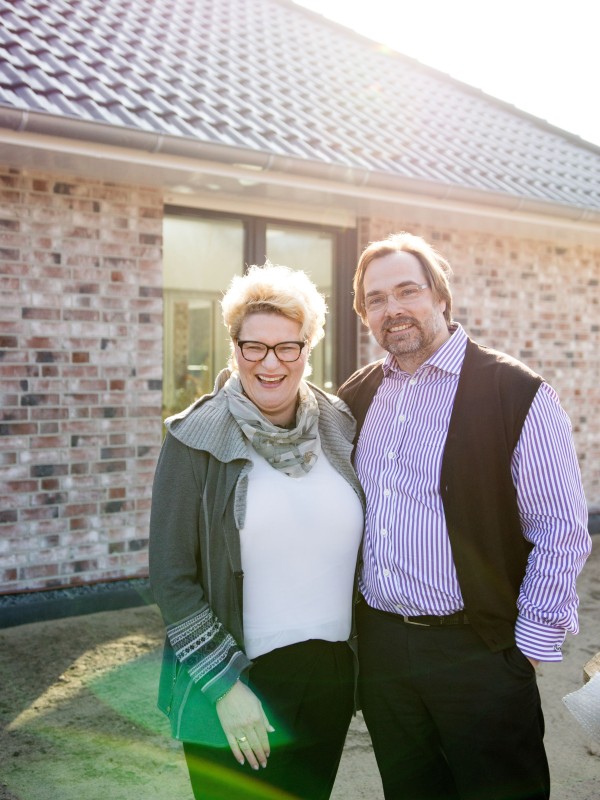
In December 2016, Rita Feinkohl and Ludger Sens moved into their KfW Efficiency House with the KfW 40 Plus Standard in the village of Bliedersdorf, Lower Saxony. Now they are waiting for swarm technology.
The mottled red of bricks on the outside, brilliant white plastering on the inside; an open-plan kitchen leads into a spacious living room, looking out over a terrace with a wood burner. If you squinted, you could almost believe you were on the Isle of Sylt on account of the dune-height bank that surrounds the property. It's a house that most of us dream of. And it's a house that is so energy-efficient that it can even cool itself – without you having to open any windows or doors. This was a brand new concept to Rita Feinkohl and her husband Ludger Sens, who run their own coaching and management consultancy business and live in the village of Bliedersdorf in Lower Saxony, Germany.
Rita Feinkohl describes a typical situation they found themselves in when they moved in in December: "I would go around opening all the windows and doors to the terrace while my husband followed behind me, closing them all again." When she complained about being restricted, he pointed to the air conditioning unit complete with heat recovery, which made sure the air was fresh anyway. Now the couple laugh about their back and forth over the doors and windows during their first few weeks in their new home.
So why do the doors need to stay closed when it's cold outside? That's because, leaving the doors open, you are literally throwing all of the energy efficiency of a cutting-edge building straight out the window. After all, the couple's Viebrock System House does meet the highest standard in KfW's promotion portfolio: 40 Plus.
A house that stores energy
A KfW Efficiency House 40 is a house that needs just 40% of the annual primary energy required by a similar reference house. This is mainly due to its improved insulation, heat and energy generation solution using regenerative energy, and an energy-saving ventilation system. A new factor incorporated into the KfW Efficiency House 40 Plus Standard sees a major portion of the building's energy requirements being produced in the building itself and – most importantly – stored in the house for later consumption.
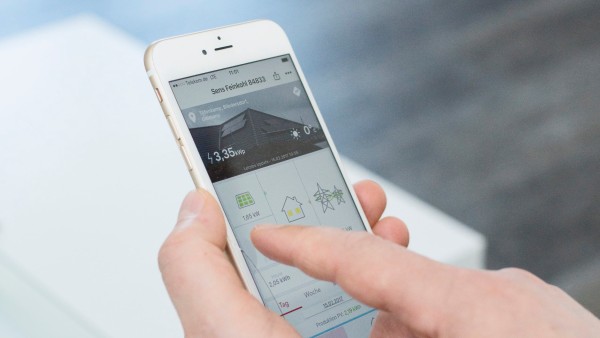
Residents can check their building's current power production and consumption levels on their smartphones – either at home or while they're out and about.
Let's look at a breakdown of all the Plus components:
• A power generation system based on the use of renewable energy located on the property. In most cases, this takes the form of a photovoltaic system or a combined heat and power system; wind power is very rarely used.
• A stationary battery used to store power.
• A ventilation system including heat recovery.
• A digital user interface that charts power generation and consumption for each housing unit using visual methods.
The aim is to use power generated by your own home. The battery makes it possible to consume the power exactly when it is needed.
KfW launched its promotion option for the Efficiency House 40 Plus in April 2016. The funding takes the form of a loan with a repayment bonus for borrowers constructing new energy-efficient homes. The product is proving to be popular. "The Standard has got off to an excellent start," sums up KfW expert Johannes Anders. Since the start of the programme, KfW has received and approved applications for over 25,000 construction projects (as at the end of September 2020): "This means that more than half of the KfW 40 Houses is built to meet the Plus standard."
Swarming
Lots of small decentralised power plants and energy stores form a connected swarm, which shares information about energy consumption and controls everything centrally. A swarm could be the parties in a house, the residents of a neighbourhood, or participating customers under the supervision of an energy supplier. An interface is required to balance out yield with consumption. Using data such as weather forecasts for solar and wind power, forecasts about the power grid, and consumption profiles for users, this IT platform plans for optimum energy flow. Example: in the height of summer, thousands of solar panels produce power which is stored centrally, and, at night, electric cars recharge at the local charging pillars.
It was Ludger Sens, an engineer by trade, who was keen to make sure his home was equipped with the best type of energy technology. His wife was on board: "However, I didn't truly understand what this meant until we started living there." One of Mr Sens' favourite things about "Plus" is that he can even track their energy data from his phone: from how much power the photovoltaic system on the roof is producing and how much power is in the battery to information on the heat pump and their low consumption figures.
"This is how you save energy: firstly you need insulation, secondly you need to produce your own clean energy, and thirdly you need to store any surplus for use when you need it," explains Mr Sens. He points to the sharp trajectory on the screen: it's the power of the morning sun in the bright blue sky shining onto his roof. In the future, the couple may even be able to transfer some of this energy back into the mains grid.
This is where the real progress lies: a KfW Efficiency House 40 Plus is equipped to serve more than just one household. "The goal for the future is to integrate buildings and their energy components into the mains grid so that they can supply power, too," explains Johannes Anders, Technical Expert at KfW Group.
The key word here is "swarming", which describes the central pooling and management of decentralised, mini power plants and local energy batteries. A large swarm of buildings like this would not just enable us to use more clean energy; we could also offset peaks and troughs in the mains supply using an intelligent solution. To achieve this, an overarching control device would either tap into the small power plants or shift power into energy stores and devices when there is excess power in the grid.
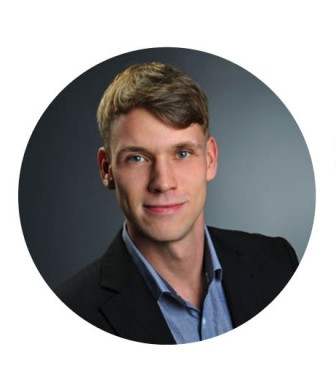
”This is the next step in the energy transition.“
System house producer Andreas Viebrock from Harsefeld, a town in the district of Stade in northern Germany, is a passionate advocate for these efficient opportunities: "Since 2007, we have only offered houses that produce energy without any fossil fuels. And since 2016, we only offer houses that meet the KfW Efficiency House 40 Standard." At the moment, two of his three houses in construction even meet the Plus package standard. Why is he so committed to this idea?
"Because we always want to build houses for the next generation, too" explains Mr Viebrock. Even back in the 1950s, Mr Viebrock's father was building solid homes, though energy prices rose faster than the inhabitants' pensions. "This is what's driving me to create something really sustainable for the future. We cannot say that we didn't know any better." His next goal? He is planning a pilot housing estate in Harsefeld where 50 houses will form a swarm.
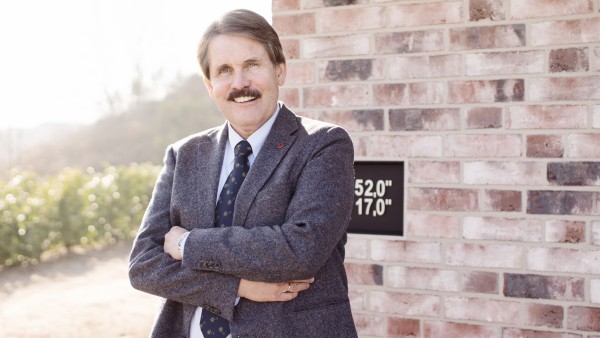
Andreas Viebrock is seen as a visionary when it comes to energy-saving houses.
Plus houses, like the example in Bliedersdorf, are equipped to join together for a common energy cause. KfW expert Anders is certain: "The main task now is to combine all these opportunities into one system. This is the next step in the energy transition." The most interesting question is what practical measures are needed to bring housing units together effectively in a swarm? Answers are being already being tested.
Power providers with fresh ideas
In Hamburg, for instance, the energy provider LichtBlick ran two research projects funded by the Federal Ministry for the Environment, Nature Conservation and Nuclear Safety. The projects are focusing on how to bring together residents in a multi-occupancy building under one energy-based roof using a control platform (known as the "Schwarmdirigent" or "Swarm Conductor") and a collective fleet of electric cars.
"In a new building, we have managed to achieve up to 80% self-produced power and avoid fossil fuels completely," reports project manager Markus Weichel. He believes that the future lies in local solutions for houses, streets or neighbourhoods. "Swarm energy will change the power industry," says Mr Weichel. "Companies like us won't just offer energy, we'll also provide software solutions for controlling decentralised plants."
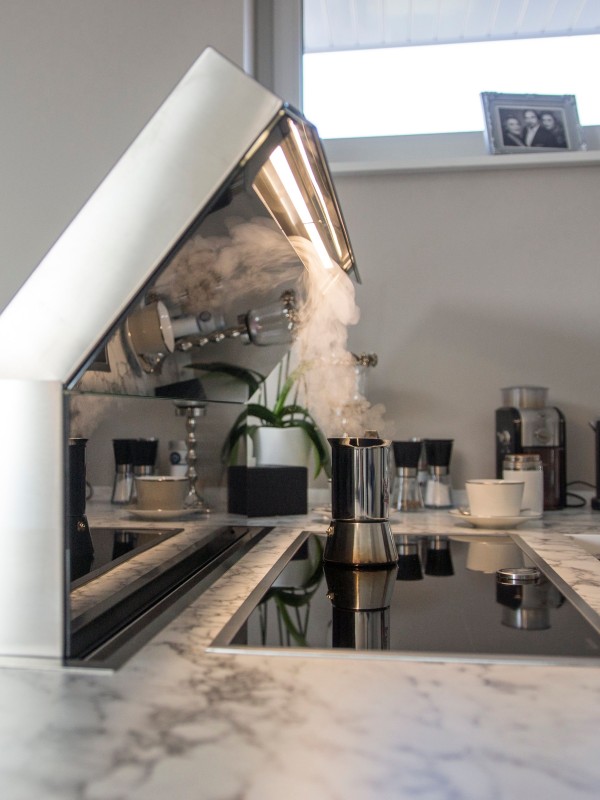
The retractable extraction hood is tilted to collect all rising steam as efficiently as possible.
Other providers are also putting together their own packages for end clients, comprising hardware, like photovoltaic systems and energy stores, and central controllers. For instance, the Oldenburg-based provider EWE AG, which supplies power to the region between Emsland and the Weser and Elbe rivers in northern Germany, is developing a package due to be launched this year: "The aim is to create an authentic swarm community with decentralised locations that are connected by one central control unit," explains product manager Dirk Achtermann.
A swarm needs rules
This sounds like all you have to do is plug a plug into a socket for the swarm to start doing its thing. This may work in theory, but it practice there are a few technical and regulatory details that need to be ironed out. On the technical side, for example: what is the ideal number of measuring points? How do the systems speak to one another? And what rules apply? How do you incorporate electro-mobility? How do you invoice costs?
And then there are privacy issues that still need to be solved. These arise from the fact that the Swarm Conductor knows a lot about residents' usage data. And because German law allows each household to choose its own energy provider, it can be tricky to keep hold of a swarm over the long term. If, say, one member of a multi-occupancy building decides to break away, allocation of power becomes tricky for the rest of the fish in the swarm.
This is the start of an extremely interesting evolution process. Our couple in the KfW Efficiency House 40 Plus could supply power. Nowadays, Rita Feinkohl is just as convinced of the benefits of this efficient technology as her husband: "It's a little bit like driving a new car. For 40 years, I was used to getting up in the morning and opening the windows." And it wasn't until she spent her first night alone at home that she became open to the new interior climate. "I got up and walked through all the rooms and discovered that every single room was full of fresh air and the temperature was perfect. After that, I asked Mr Ludger to explain it all to me again." So, as you can see, using less energy and using power that they have generated themselves is now a Plus for them both.
The described project contributes to the following United Nationsʼ Sustainable Development Goals
Goal 4: Quality education
Refusing people access to education means depriving them of a basic human right – and of important development prospects for individuals and society. Education enables people to improve their political, social, cultural, and economic situations. Worldwide, 58 million children and 63 million young people still do not have access to primary and secondary schools. 90 per cent of all children with a disability never go to school. 781 million people are illiterate. 7.5 million people with functional illiteracy live in Germany alone.

All United Nations member states adopted the 2030 Agenda in 2015. At its heart is a list of 17 goals for sustainable development, known as the Sustainable Development Goals (SDGs). Our world should become a place where people are able to live in peace with each other in ways that are ecologically compatible, socially just, and economically effective.
Published on KfW Stories: 6. June 2017, last updated: 22 December 2020.

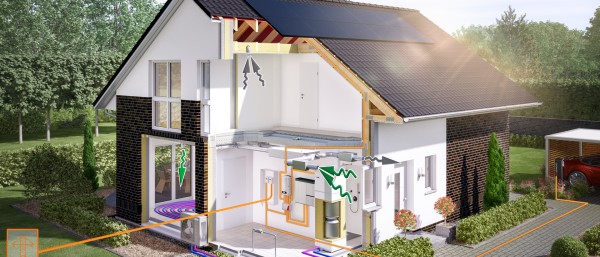

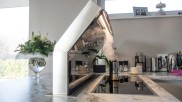
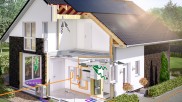

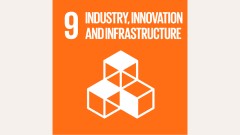
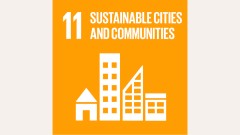

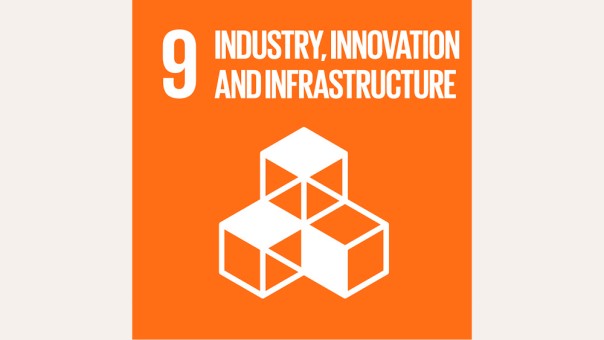
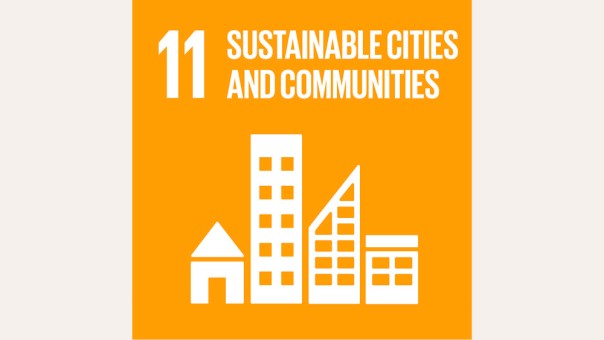
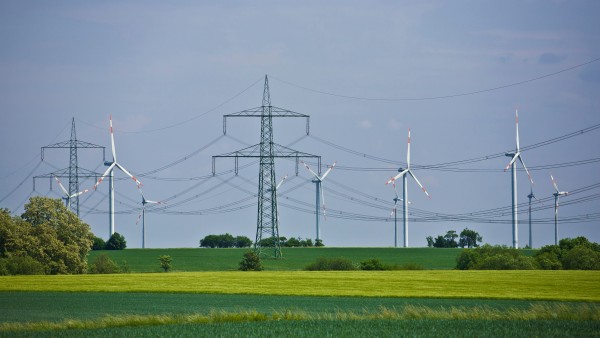
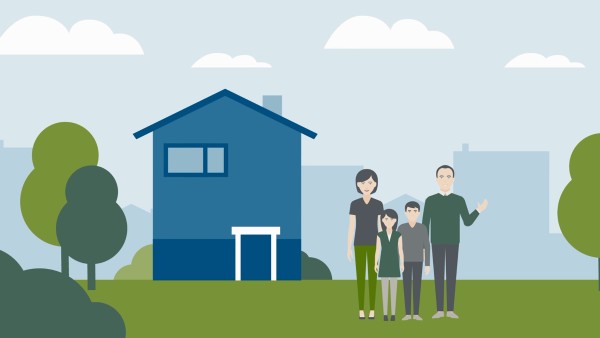
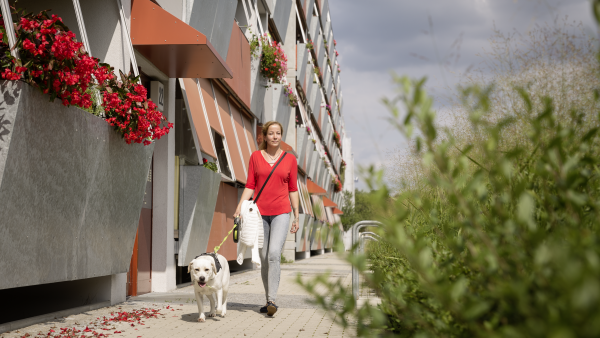
Data protection principles
If you click on one of the following icons, your data will be sent to the corresponding social network.
Privacy information